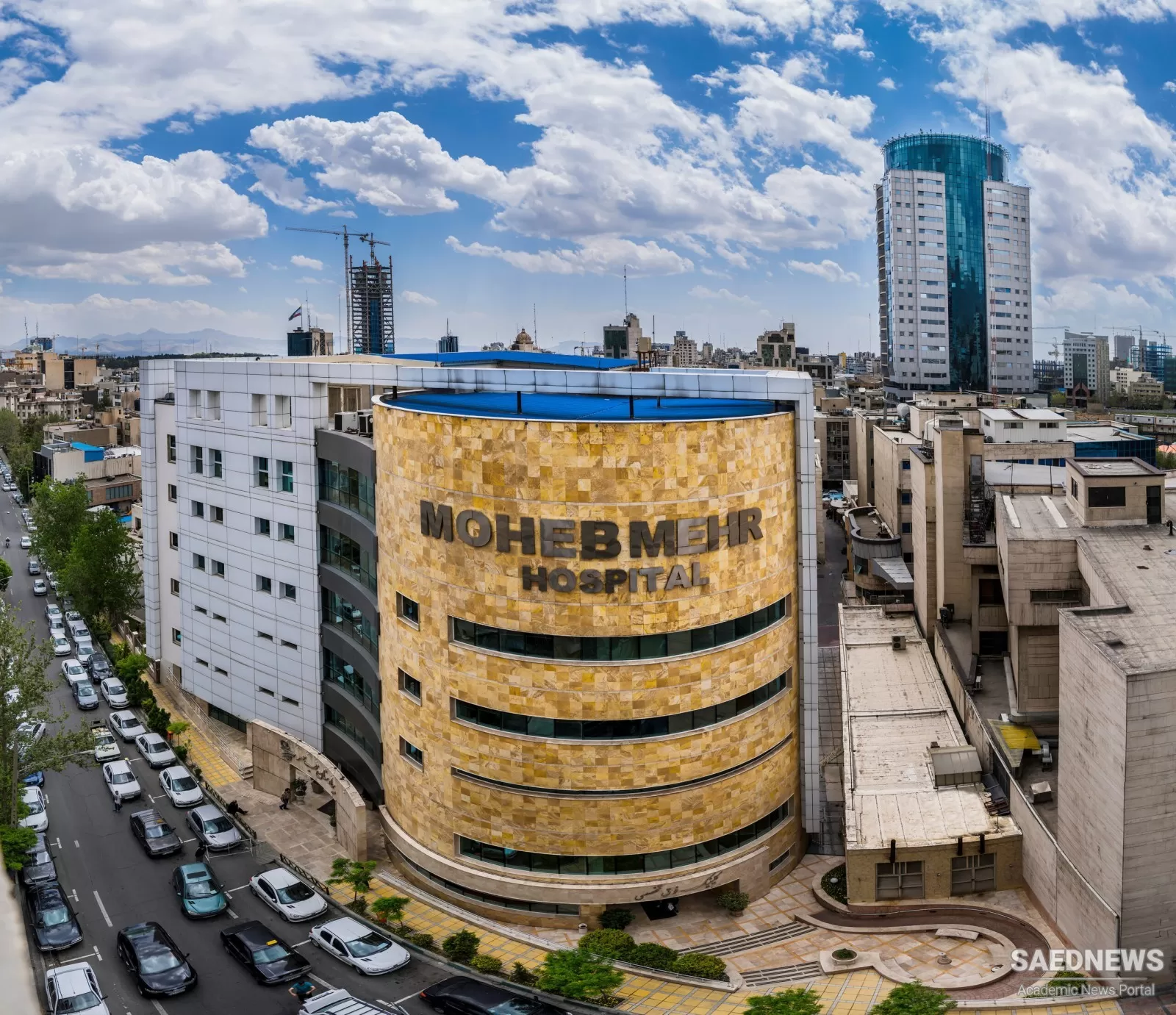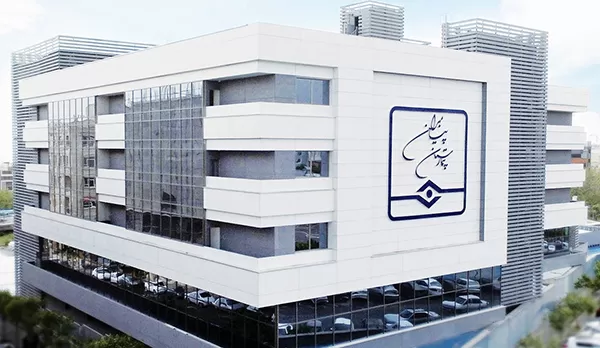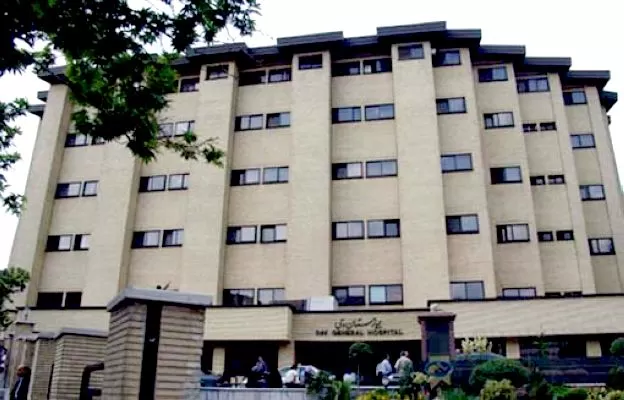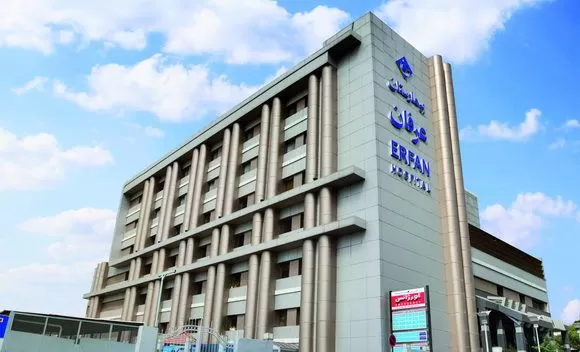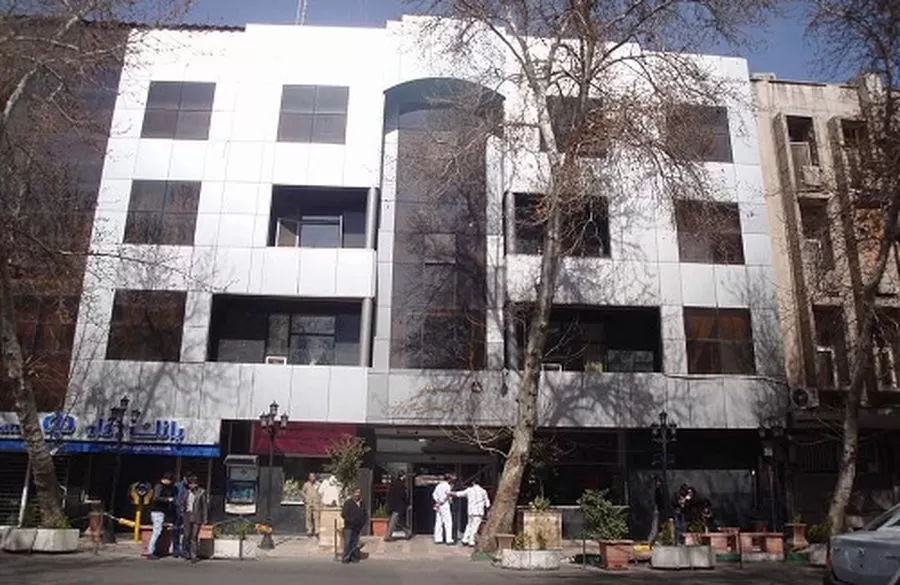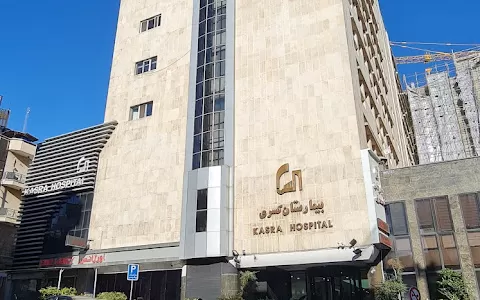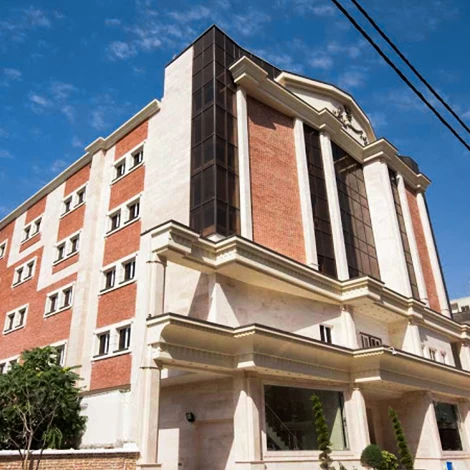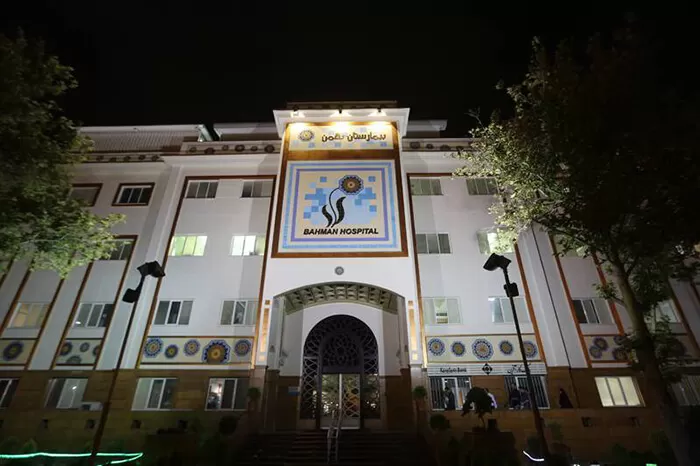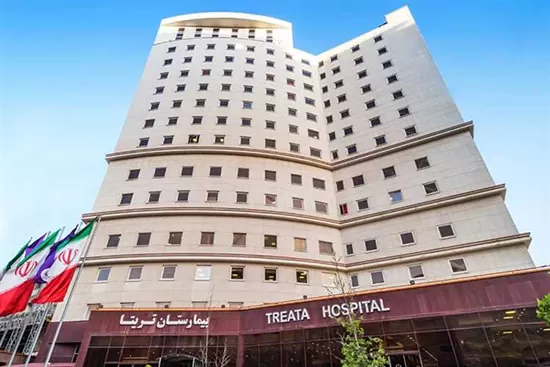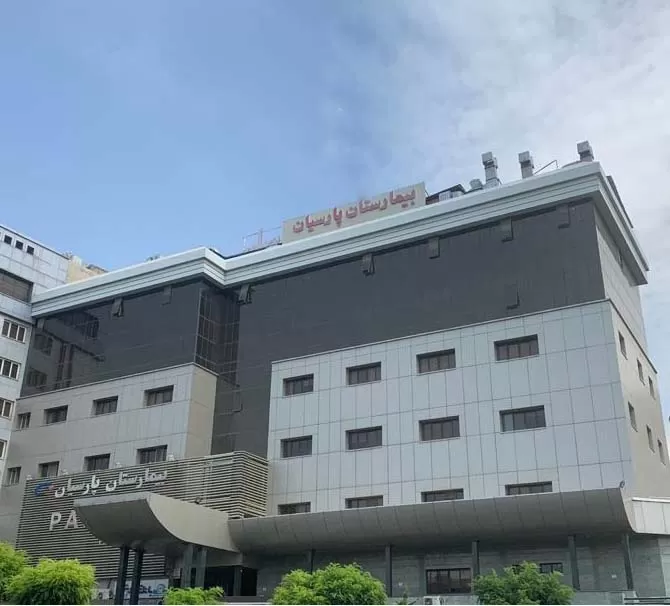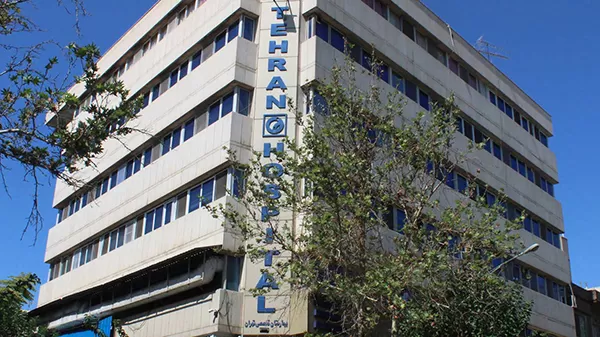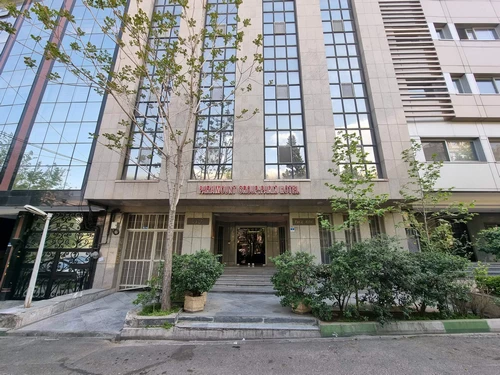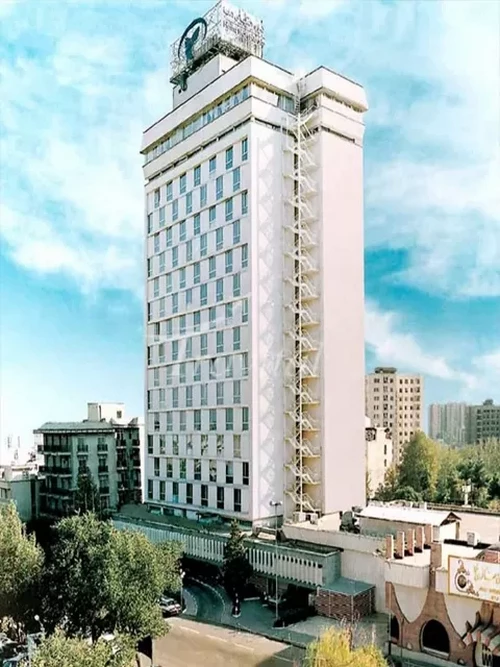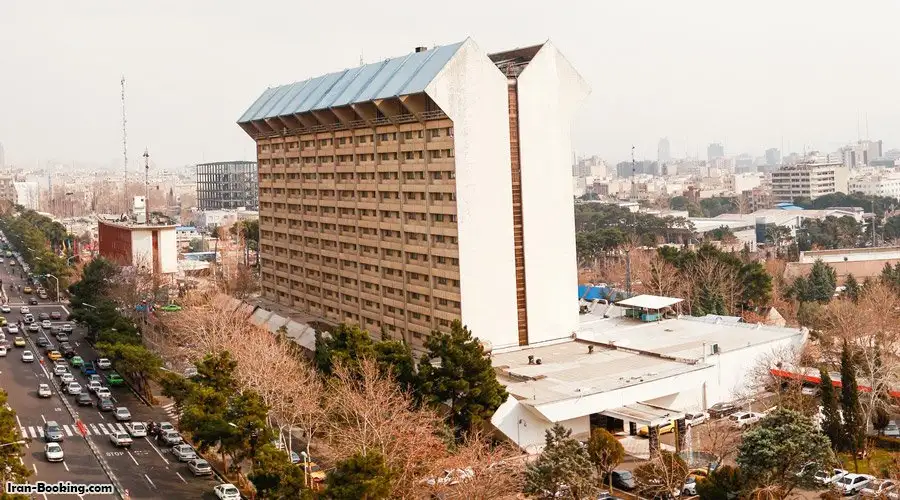A pheochromocytoma is a very rare type of tumor. It is formed inside the middle part of an adrenal gland. You have two adrenal glands inside of the body. They are located on top of each kidney. Each layer of these glands makes various hormones that are very important for body functions. The middle part of these glands has a role to make epinephrine and norepinephrine. These hormones are necessary to keep your heart rate and blood pressure normal. A pheochromocytoma causes the adrenal glands to make too many amounts of epinephrine and norepinephrine hormones.
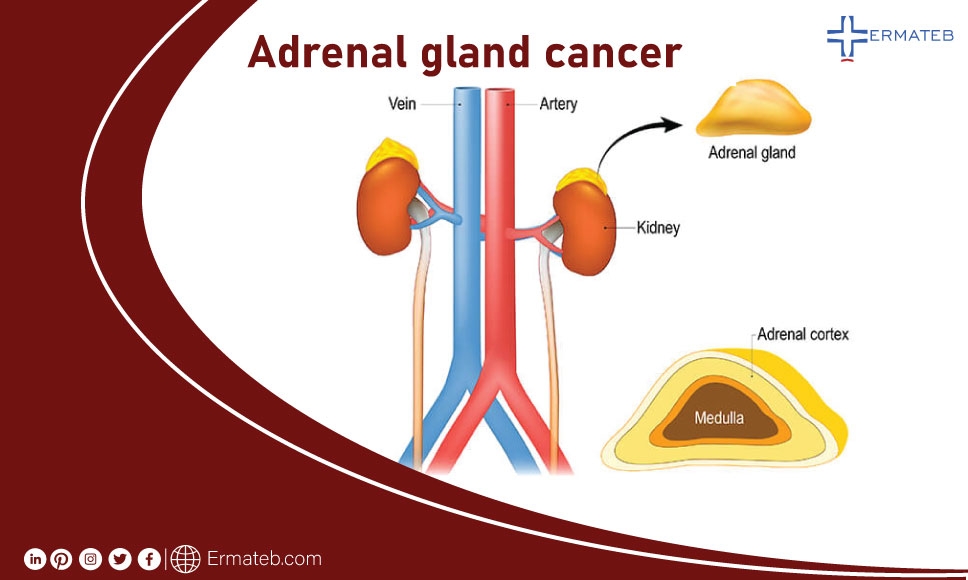
Specialists don't know what causes this type of tumor. But if someone in your family members has this type of tumor, you are more likely to have it.
Pheochromocytomas occur equally in both sex men and women. They usually happen when you are in your 30s, 40s, or 50s. If a patient in your family has this type of cancer, it is more possible to have it. This tumor does not seem to be affected by environment, diet, or lifestyle it is more affected by genetics. If you have this tumor, you should think about genetic testing. About 1 in 4 of these types of tumors are now believed to run in families.
The most possible sign of a pheochromocytoma is having high blood pressure. It can be often high or sometimes high depending on the stage of the tumor. Sometimes the tumor can cause high blood pressure that can be life-threatening. Although It is a very rare cause of high blood pressure, it should be considered especially when routine medications of high blood pressure are not enough to monitor the pressure.
Other symptoms are less common. They can be brought on when you are under stress or when you change positions. Each patient's symptoms may vary. Symptoms may include:
1. Very fast pulse
2. Feeling that your heart is beating fast or fluttering (palpitations)
3. Pounding heartbeat
4. Headache
5. Nausea
6. Vomiting
7. Clammy skin and sweating
8. Shaking (tremors)
9. Anxiety
Your specialist may take your general health history and give you a physical examination. You may also need screening tests including:
1. Blood and urine tests. These blood tests measure hormone levels. Genetic tests will also be performed to check if a genetic condition that may raise your risk is present.
2. CT scan. This test uses X-rays and computer technology to take detailed 3-D images of different parts of your body.
3. MRI. This type of imaging uses large magnets, radio waves, and a computer to also make 3-D images of organs and structures within your body.
4. Radioisotope scan. This type of novel imaging puts radioactive substances into your body to get an image of the tumor. The radioactive substance is absorbed into tissues that make too much of the hormone epinephrine. During the scan, any area that absorbs the radioactive substance can be seen.
Treatment programs
Surgery is the most common treatment for adrenal gland tumors. The surgeon may remove parts of the gland or one or both of the adrenal glands. Before surgery. you may start medicine to block the effect of the adrenal hormones. Medicine is utilized If you are not able to have surgery, you may take medicine. But this is rarely suggested. The suggested cure for tumors is mainly treated with surgery.


 Arabic
Arabic
 German
German
 Persian (Farsi)
Persian (Farsi)
 Russian
Russian
 Urdu
Urdu
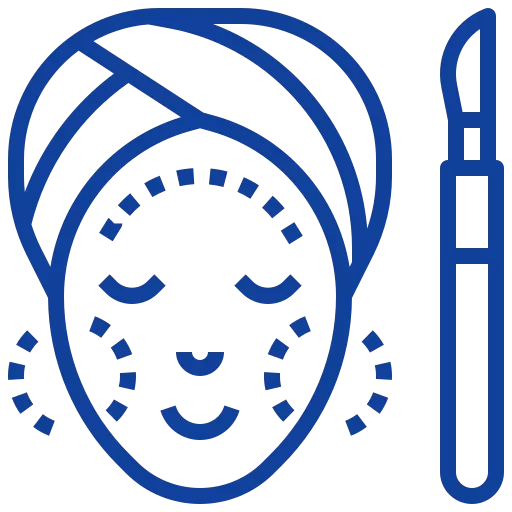 Beauty
Beauty
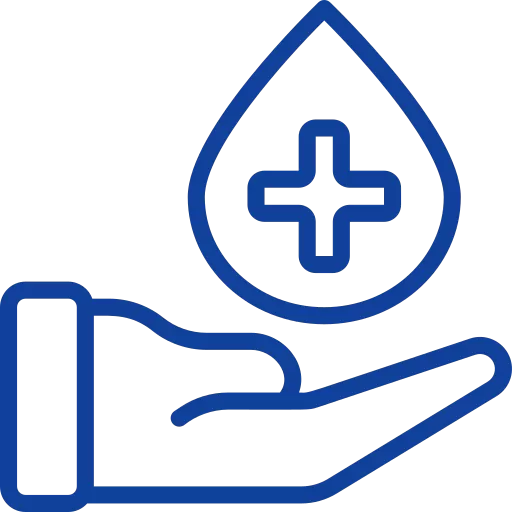 Medical
Medical
 Hotels
Hotels
 Hospitals
Hospitals

